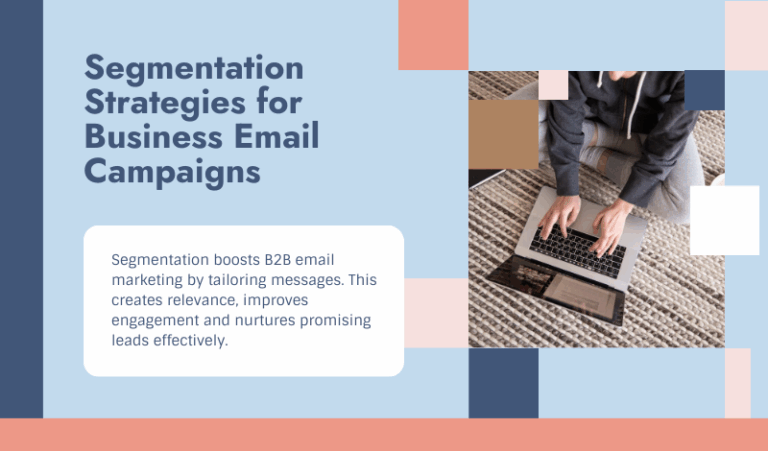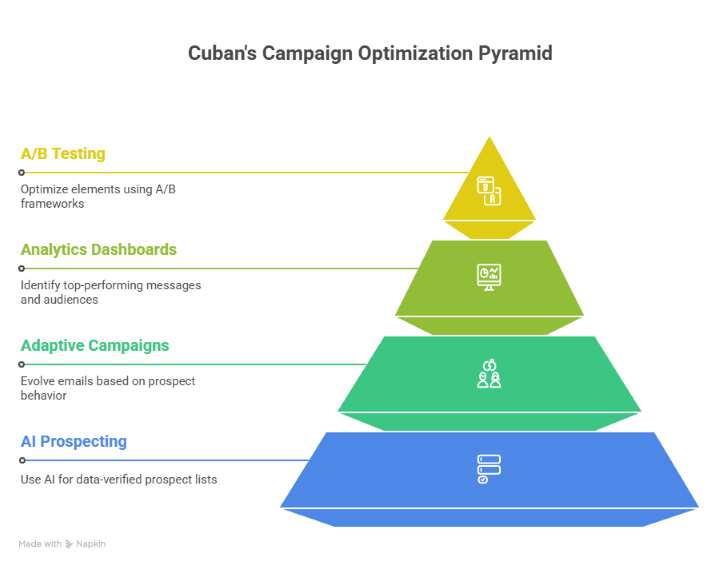How do prospects decide whether to make a purchase? Who will they buy from? When?
These are some of the central questions sales and marketing teams face. To understand how prospects become leads and opportunities, we describe the buyer’s journey. Like Odysseus making his way back to Penelope or Frodo trekking to Mordor, the epic journey unfolds over time and has many pivot points throughout it. Buyers’ journeys are likewise full of precipitating events, careful decisions and occasionally gut instincts.
Literary journeys have an author’s hand guiding them, but a buyer’s journey is harder to predict. With marketing automation, businesses gain insight into the triggers and pivot points that guide prospects as they traverse their path. Automation lets you steer the narrative as your prospects move from initial awareness, to engagement to a purchase decision.
Awareness
Before they can become customers, prospects have to know you exist. Building awareness across multiple channels gives you the widest possible audience, but coordinating a marketing campaign across multiple channels or managing multiple campaigns within your marketing program has become increasingly complex. SEO and SEM, social media, digital and print advertising, content marketing, email – these are just some of the streams that can carry prospects into your sales funnel.
Marketing automation coordinates multi-channel campaigns, keeping all your marketing messages on-brand and familiarizing potential customers with you across channels. With automation, you can fine-tune the awareness process too, sparking interest and leading prospects down the marketing pipeline to the research phase.
Research
Few literary heroes venture blindly into the void; they get wise counsel at key points along their journey. Your buyers also seek information to steer them to the right buying decision, and they have more opportunities than ever to guide themselves. Content marketing via email, company websites and social media act as guideposts, pointing the way to the next step along the buyers’ journey. Automating your content marketing allows you to deliver personalized content to a highly segmented audience, giving them what they need to make sound decisions at every step along the way.
Automation is intensely content-hungry. Because you’re serving customized content instead of using a one-size-fits-all approach, you must have enough information to satisfy your potential customers’ varied research needs. Nurturing each lead with the information he or she needs to take the next step – and doing it all at the right time – is ideally suited to automation.
Action
Fictional journeys typically have a sense of urgency. If the hero’s to save the world, the epic quest can’t take too long. Buyers’ journeys are time-sensitive too, and if your marketing message doesn’t reach them at the right time, you miss an opportunity to guide their actions. Triggered events in marketing automation flows take care of timing for you, sending the right information at the right time to have maximum impact.
At this point in their journey, leads become proactive about finding information and making in-depth comparisons. Your role is to supply that information as they need it. Give them demonstrations, white papers and case studies that support their choices and reinforce your ability to deliver what they need.
Decision
When your prospect movers from awareness to engagement, how well do you handle the exchange from marketing to sales? When your prospect makes that critical decision to purchase, how well does your current tool-set reinforce your advantages over the competition? Qualifying leads for sales engagement is no longer a matter of guesswork when you’ve nurtured those leads from initial awareness to this point of the buyer’s journey.
Marketing automation ensures that you know when it’s decision time by monitoring signals from your prospects. Have you noticed a spike in their content consumption? Do you see multiple contacts engaging from you’re the same company? Are they looking at pricing information, forwarding email to C-level decision makers within their organization and asking specific questions about ROI?
Those are strong signals to your sales department that it’s time to take the reins from marketing and steer the buyer the rest of the way along the journey.
© Reach Marketing LLC 2015 All Rights Reserved.




